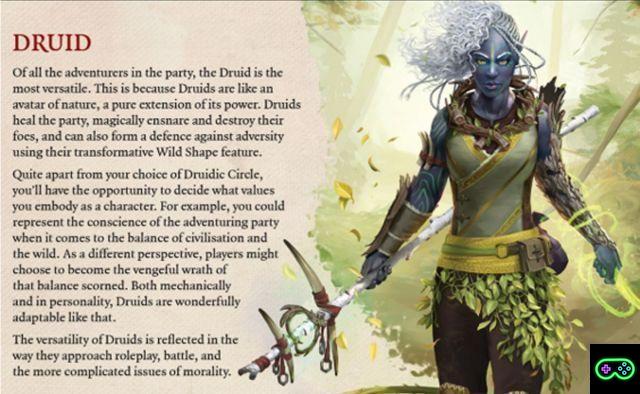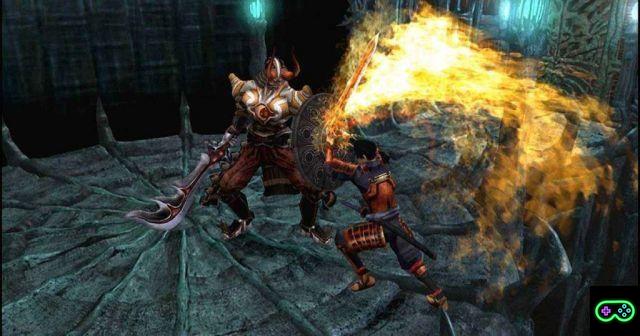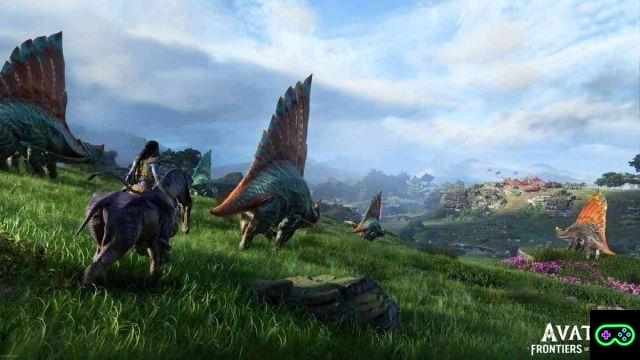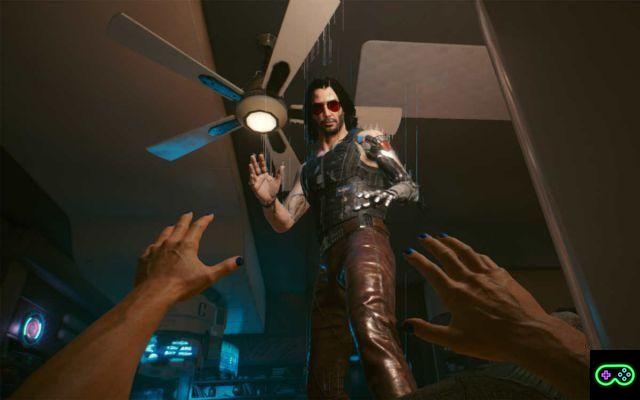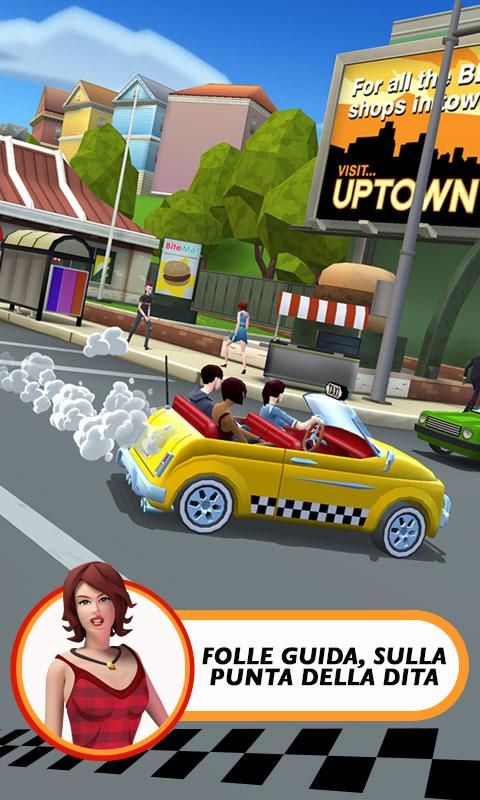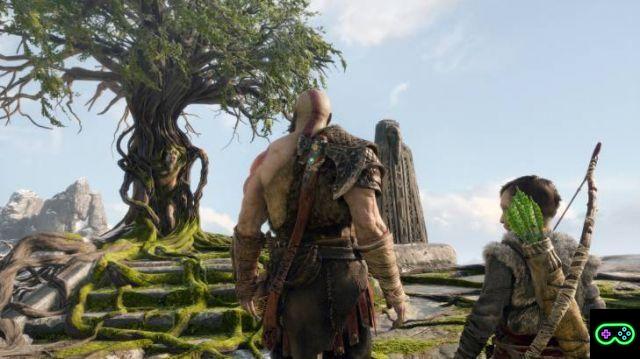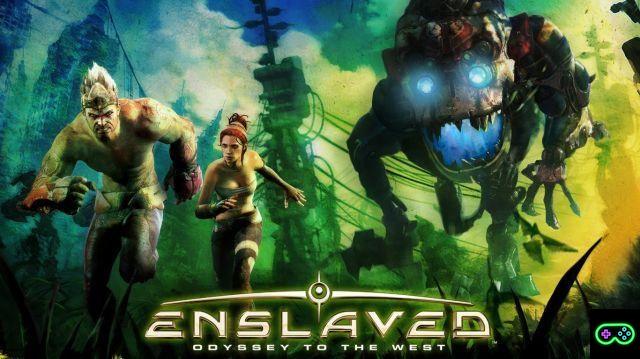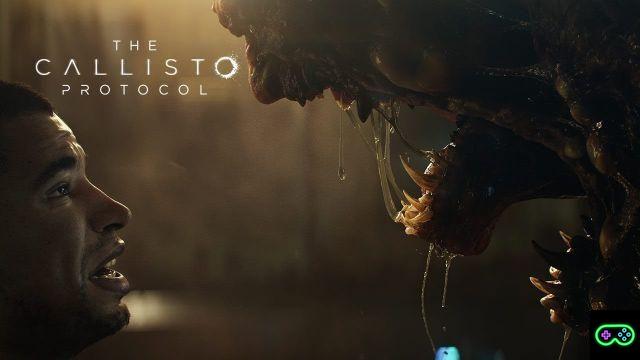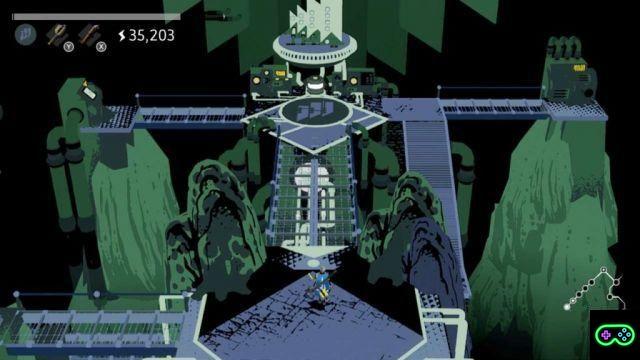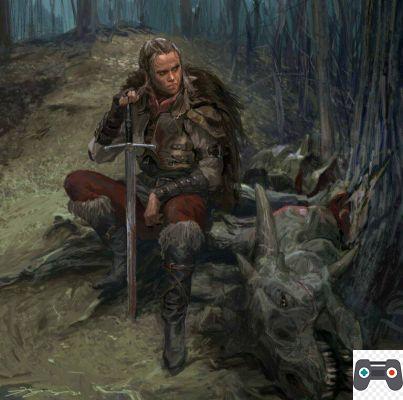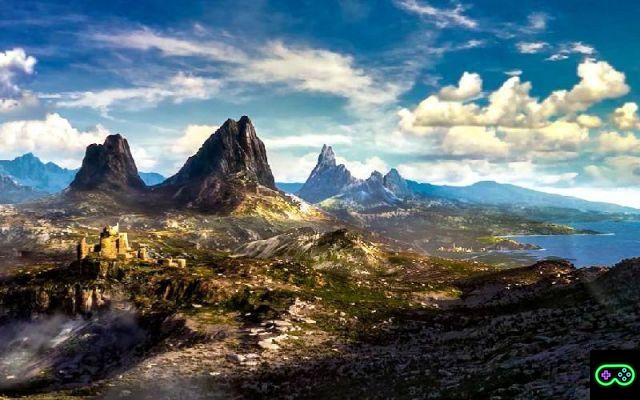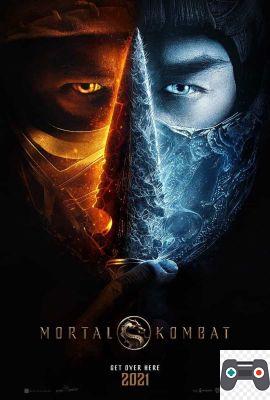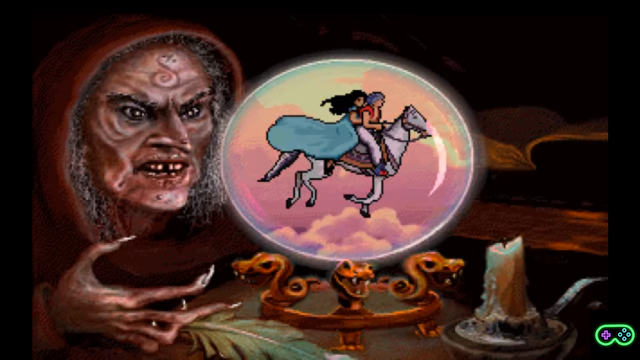Review by Gianluca “DottorKillex” Arena
The rebirth of classic RPGs, based on reading thousands of lines of text and on combat systems that echo those of milestones such as Baldur's Gate, was not a flash in the pan as many expected.
The market has clearly shown that not only is there still room for this type of product, but that, indeed, after more than a decade of almost absolute fasting, fans were waiting for these titles with drool in their mouths: after having reviewed on these pages the excellent Pillars of Eternity now almost two years ago, we offer our readers another much anticipated CRPG, spiritual successor to the unforgettable Planescape Torment.
We are obviously talking about Torment - Tides of Numenera, the latest inXile effort, out today on PS4, Xbox One and PC: after having spent tens of hours with this latest version, we are ready to give you our opinion.
The Changing God
Torment lives from its narrative sector, from an amazing mix of stories, credible characters and others tremendously over the top, over a million words useful not only to explain the story of the Last Castoff, the player's avatar, but also of the tide of supporting actors and co-stars, starting with the six recruitable characters.
The events start when, without any previous memory, a man with a strange tattoo falls from the sky, like a meteor made of flesh and bone: during the long and anguished descent, our alter ego has time to ask himself questions, but not to find answers, like a newborn passing directly from the womb to the oblivion of death.
Unexpectedly, the impact with the ground does not cause his departure, but only shatters the vital capsule in which he was imprisoned, leaving him unharmed: not even the time to open the hatch and ours is faced with two unknown faces, but fortunately not threatening: those of Aligern, a magician who escaped from the Order of Truth, and Callistege, a scientist whose personality seems to be split into three parts, straddling contingent planes and parallel realities.
The two argue very animatedly, despite having known each other for years, and, at the sight of our hero, surprised, they decide to take him to the city, to Sagus Cliffs, addressing him as if they had known him for years.
It will soon be discovered that the protagonist is but the last in chronological order of a long line, recognizable by the aforementioned tattoo, of children of the Changing God, an entity capable of transferring his consciousness from one body to another: to the passing to another host, the previously possessed body acquires self-awareness and a character of its own, and comes to life just like an infant.
After treating his possessed bodies as children for centuries, offering them refuge and protection, the changing god seems to have become more selfish, like a father who continually generates children and then refuses to recognize them, so much so that a large group of them moves him. war, led by the First One, the first Castoff ever.
As if this scenario were not enough, in the background the shadow of The Sorrow stretches, inevitable and deadly, a sprawling entity of unknown origins that, disturbed by the fact that the changing king has found such an efficient way to deceive death, he pursues him relentlessly, killing all the Castoffs he crosses on his way.
If these events deeply involve the protagonist and all the other Castoffs, who have taken refuge in Miel Avast's artificial paradise, they leave all other races, human or alien, somewhat indifferent, since the Sorrow does not constitute a danger to them.
On the contrary, the lives of other races flow placidly in a world, the Ninth World, which rises on the ashes of old civilizations, in which the law of the strongest is in force and necrophagy, slavery and assassinations on commission are practiced without anyone. blink.
The world created by Mount Cook is brought to life excellently by Torment, and, after a slow start and in spite of anything but overwhelming rhythms even in the continuation of the adventure, with an abnormal amount of undoubted texts to read, he manages to capture the players almost violently, as one of The Sorrow's Lovecraftian tentacles would do, so as not to let go until the end credits roll.
Despite a certain prolixity in certain situations, we are certainly facing one of the best written role-playing video games of the last three decades, capable of recalling (without reaching its peaks) the unforgettable Planescape Torment.
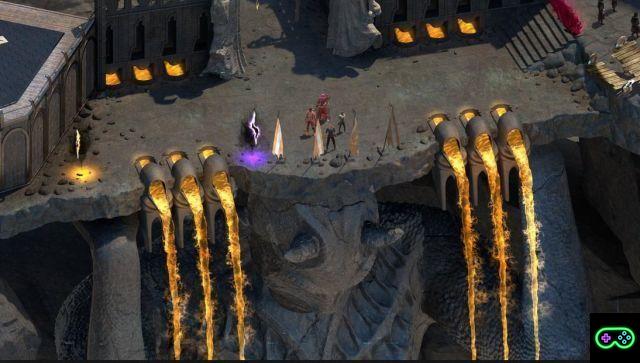
The tongue of the sword kills more
Consistent with what was promised in the Kickstarter campaign phase, the development team has given Torment a very different character from that of its more recent cousins, from Pillars of Eternity to Tyranny, focusing their efforts on the dialogue system and multiple choices and relegating brute force and, with it, the combat system to a decidedly secondary role.
Not that this does not work, of course, but it is evident that the tactical options are limited compared to the aforementioned congeners, and how the very structure of most of the quests leads to a non-violent resolution of disputes: if not for a couple of secondary quests and for a comparison in particular during the main storyline, Torment never pushes to take up weapons, and favors builds focused on skills such as persuasion, deception and the ability to intimidate, which often are much more useful than a greatsword to two hands or an area spell.
The combat system is pure turn-based, and differs from those in real time with a tactical pause for a greater propensity for reflection and the study of the next move: the order in which companions and enemies will act is shown above, and on it the player can influence by choosing not to act for a turn or by resorting to certain artifacts and spells that can reduce the waiting time for a companion or slow down an ally.
The classes that can be selected at the beginning of the title are only three, namely Glaive (warrior), Nano (wizard) and Jack (thief), and also the management of party members is rather limited: if, on the one hand, it is possible to equip them with weapons and Cypher at the player's discretion, will not be given the possibility to modify their armor and cloak, which can only be upgraded in a couple of moments along the journey.
At the level crossing, which happens very frequently, it will be possible to customize their growth, but everyone will join the party with a very specific role, which cannot in any way be changed during construction: this lack of flexibility places the player in front of it. to painful but necessary choices.
In fact, if we have sympathy for a certain character, but he does not have, for example, healing spells, we will hardly be able to make room for him in the party if we do not have our backs covered from that point of view: greater malleability would have been appreciated and would have allowed to choose their travel companions based on their stories and personalities rather than their usefulness in combat.
As mentioned, many of the dozens of subquests, all well written and engaging, allow a verbal approach to problems and conflicts, even those apparently incurable, so much so that the fight itself does not bring experience points as a dowry.
The only way to level up is to complete the secondary missions, and the only advantage to always act in a hurry is represented by the possibility of snatching useful loot from the corpses of the enemies.
We have named the Cypher, which are nothing more than artifacts with great power, generally disposable or in any case with very limited uses, capable, by themselves, of solving even the most demanding clashes: you go to some that shield party members with considerable bonuses. to the defense for several turns to others that allow you to summon a fallen character (even an enemy) and force him to fight alongside our group.
More than the combat system, which still does its job without enchanting, it is the reputation system, managed by the tides of the title, the one to keep an eye on: each color corresponds to an attitude, as well as a different way of being seen from others, starting with their allies.
We have completed the adventure with a predominantly mixed gold / blue, symbols, respectively, of altruism and wisdom, but it is possible that our actions generate different tides, for a total of five different approaches to the world in which the player will move.
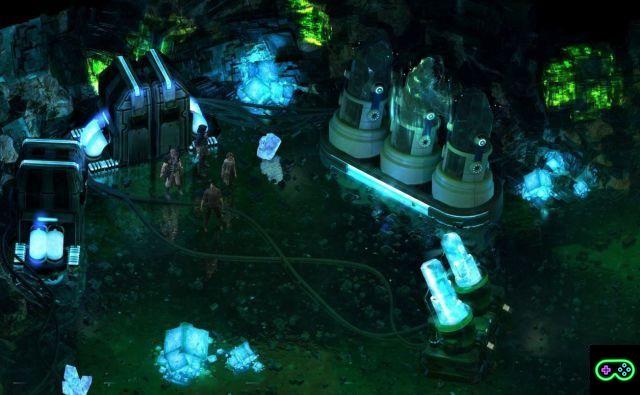
Deja Vu
The graphics engine that drives Torment is the same already appreciated in Pillars of Eternity and in the more recent Tyranny, with all that goes with it: Unity is famous for its stability and reliability, and in fact we have not encountered any relevant crashes or bugs, but , at the same time, we cannot say that we were left speechless in front of the polygonal construction and the general glance.
The bird's eye view zoom is adjustable by the player via the mouse wheel, but getting the camera very close to the action results in somewhat edgy models and woody animations, although focusing on these elements would mean missing the target.
In fact, what distinguishes the latest inXile effort from many congeners is the attention paid to the artistic direction and the construction of a game world as heterogeneous as it is fascinating: during the hours in the company of the game, the player will visit a limited number of locations. different, but each of these will be filled with details, objects to interact with, excellently characterized non-player characters.
In any situation, simply by clicking on a wall with a drawing or an artifact left in the rubble on it, you will be able to access a convincing explanation, a secondary quest, more details about the game world and its characters.
Each environment is maniacally recreated, with incredible attention to detail, and manages to convey to the player the feeling of truly experiencing the Ninth World and all its contradictions firsthand.
As with the Dungeons & Dragons sessions of the 90s, the player is required a minimum of imaginative effort, but in return he is guaranteed maximum attention to detail, love for a complex and multifaceted story and a game world that, despite the limitations of an unspectacular graphics engine to see, it manages to perfectly recreate the atmosphere of the board games of Mount Cook.
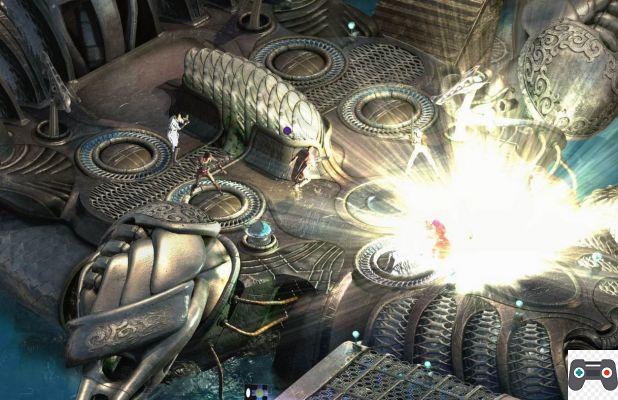
Final comment
The absence of the Spanish language, initially promised by inXile during the Kickstarter campaign, and a general lack of rhythm represent the only two in a production that has been worked on with passion and competence, putting together a script and dialogues of the highest level. .
Of course, we are talking about two problems not just, given that other titles are able to better combine the combat phases with the dialogic ones (Pillars of Eternity above all) and that those who do not master the Albion language will lose a lot of the plot and lore of Torment, but the merits of the latest inXile effort are too many to be overshadowed by these defects.
If you are looking for a fantasy world to get lost in, if you are avid readers of fantasy novels or have been role-playing with pen and paper for years, then Tides of Numenera could be the holy grail of RPGs for you.




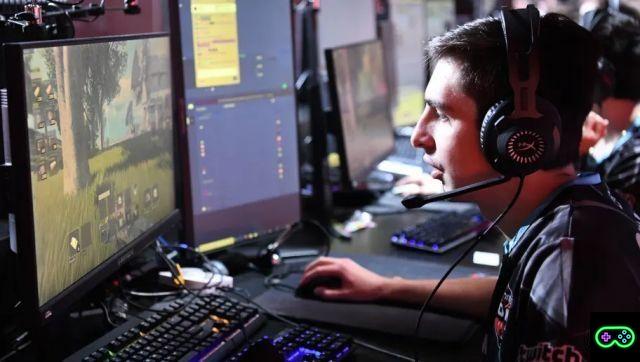
![[The Bear's Lair] God of War: Betrayal and Greek mythology](/images/posts/17432d3b12ecfec44b0b855d20c7520f-0.jpg)



